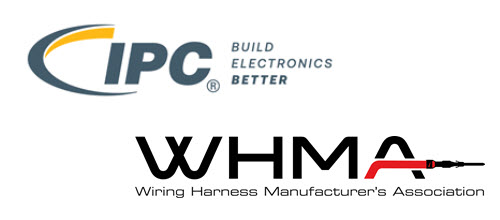EPA issued a new Proposed Rule to extend the risk management compliance date for PIP (3:1) -containing articles to October 31, 2024. The prohibition on processing and distribution of PIP (3:1) and PIP (3:1) – containing articles will be effective on that date unless we can make a strong case otherwise during the open comment period. We anticipate that the electronics/wire harness industry will have new or additional data and information based on its efforts to identify PIP (3:1) in its supply chain since the January 2021 final risk management rulemaking. Also, we anticipate industry members will have more economic impact information to support a request for an exemption for spare and replacement parts. As of writing this article, the open comment period and the date to make a strong case by is December 27, 2021.
WHMA/IPC has been gathering data and has sent their comments to EPA for review. WHMA/IPC has not received detailed justification from member companies to support an additional compliance date extension request. The comments focused on ‘manufactured by’ compliance date versus a ‘distribution in commerce’ compliance date. The intent is to request the rule be based on a ‘manufactured by’ compliance date, which would allow companies to continue to sell non-compliant stock that was manufactured before the cutoff date. They also requested for the rule to incorporate a de minimis concentration allowance and to establish specific exemptions (e.g., research and development).
So why is this important to the Wire Harness Industry? Uses of PIP (3:1) affect many areas in your industry. This chemical substance is found in plastics that can be used in the components of the wire harnesses. Also, this chemical can be found in the following electronics articles:
- Terminal and fuse covers
- Cable sleeves
- Tubes
- Casings
- Harnesses
- Clamps used with cables
- Float switches
- Connectors (housing)
- Condenser covers
- Internal tapes
- Gaskets
- Sheets
- Adhesives/Sealants
- More…
As you can see, PIP 3:1 is likely incorporated into many electronics articles, mainly because of its utility: it is used as a plasticizer to make plastics more malleable or flexible and it can be used as a flame retardant. These multi-functional uses of PIP 3:1 have utility in other products that may be used with electronics, such as lubricants and greases, industrial coatings, adhesives, and sealants.
PIP (3:1) is not currently regulated under other chemical or product regulations, therefore, many of you have probably never heard of this chemical and didn’t even know it could be incorporated into all of these different products and articles. But it’s likely being used and it’s definitely being regulated by EPA, and the industry must be ready to comply. A prohibition on processing and distribution in 2024 means that we need to act now to minimize the impacts to the supply chain. Please work with your suppliers and your customers to check your products. If you have international suppliers, you will need to work with them as they will be impacted, too.
WHMA/IPC is glad to work with you and make this process a little easier. If you have any questions about the proposed rule on the compliance date for the prohibition of PIP (3:1)-containing articles, please reach out to Kelly Scanlon, director of environmental policy and research at IPC, [email protected].
This article can be found in the WCTI Jan/Feb 2022 Issue.

